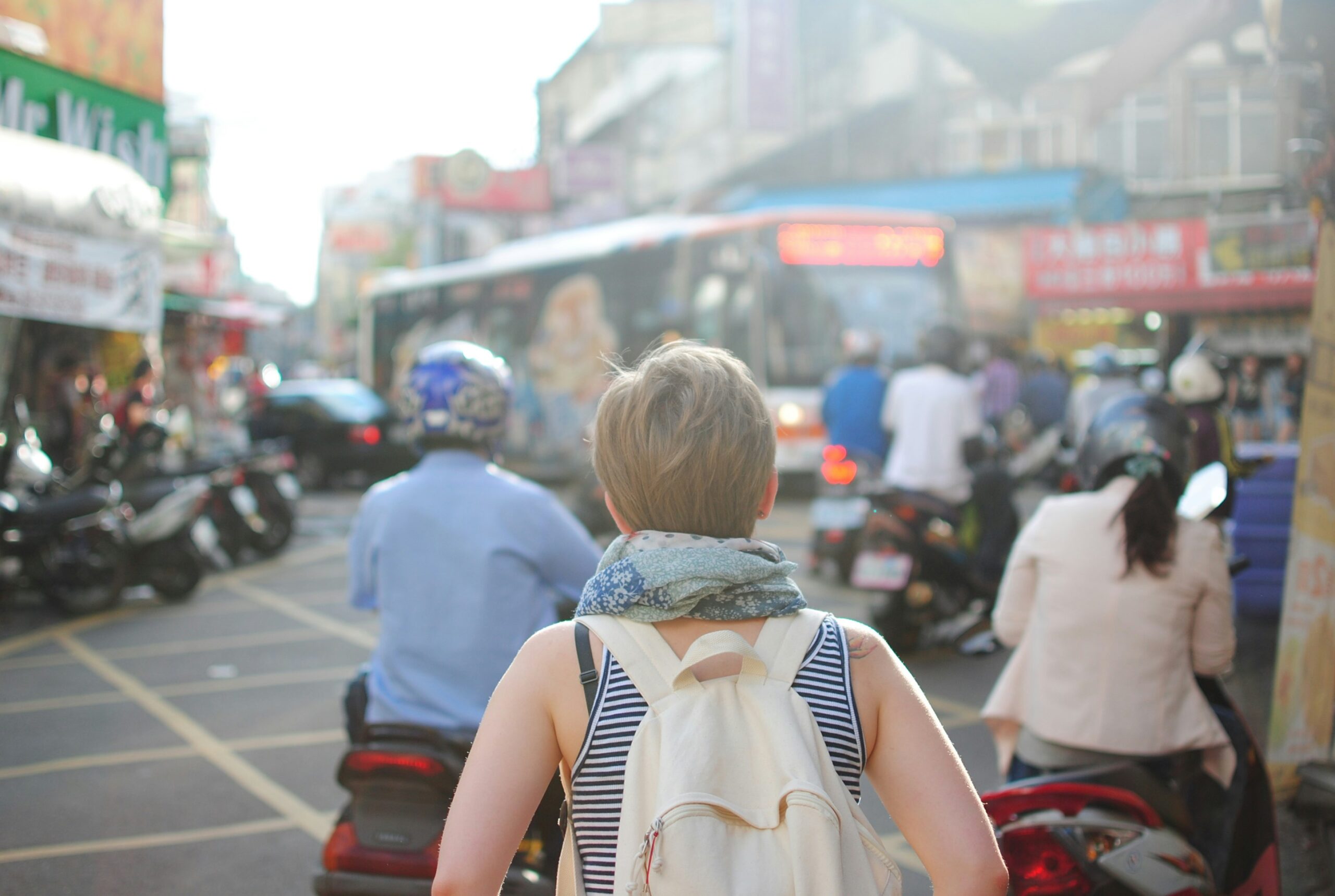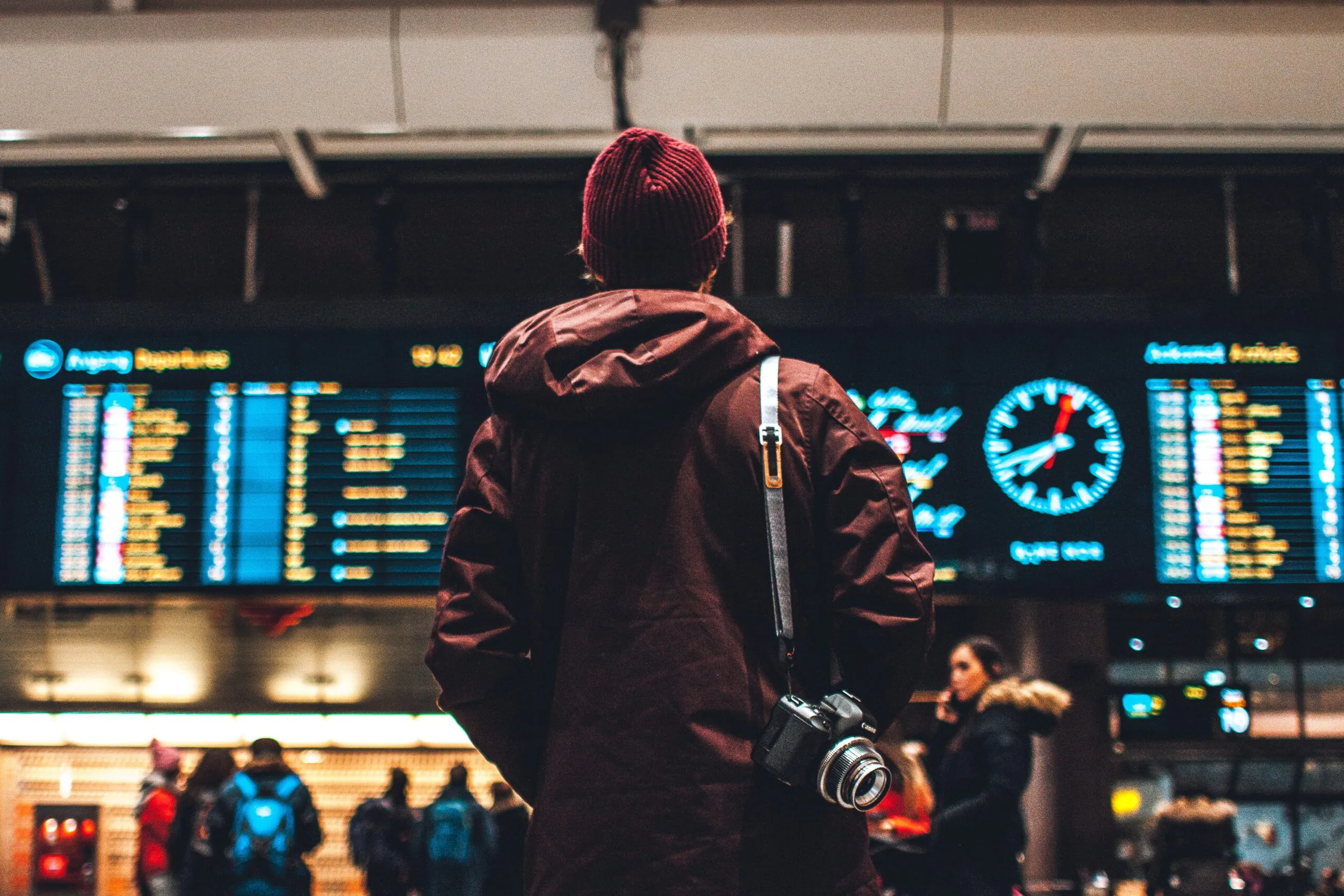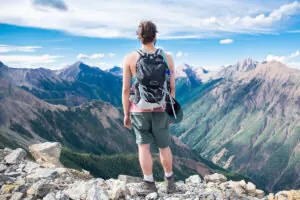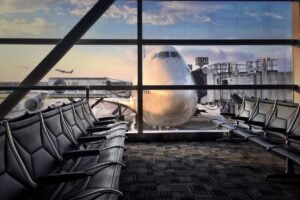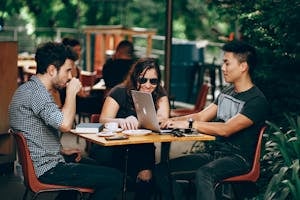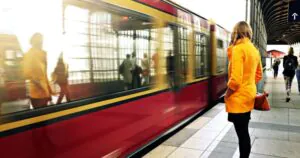Embrace Slow Travel: A Sustainable Approach for Tourists and Digital Nomads
In our hyperconnected world where “faster” often translates to “better,” a quiet revolution is taking root among thoughtful travelers. Slow travel—an approach that values depth over breadth—offers a refreshing alternative to the frantic pace of traditional tourism. Rather than racing through a bucket list of attractions, slow travelers forge meaningful connections with the places they visit, creating memories that resonate long after the journey ends.
The Art of Slowing Down
Imagine waking up in a small village where the baker knows your name, where you’ve discovered a hidden café that serves the perfect espresso, and where the rhythm of daily life has become familiar and comforting. This is the essence of slow travel—a mindful approach that transforms the way we experience new places.
At its core, slow travel is about immersion rather than consumption. It means spending weeks, not days, in a destination; choosing trains over planes when possible; and wandering without rigid itineraries. For both occasional tourists and location-independent workers, this unhurried approach unlocks experiences that remain invisible to those merely passing through.
Why the World Needs More Slow Travelers
For the Mindful Tourist
Authentic Cultural Exchange: When you spend extended time in one place, magic happens. The waitress at the local café begins to reserve your favorite table. You discover festivals that never make it into guidebooks. You might find yourself invited to a family dinner, where recipes passed down through generations become the evening’s conversation piece. These authentic exchanges rarely occur during whirlwind visits.
Mental Wellbeing: The constant packing and unpacking, navigating unfamiliar transit systems, and adjusting to new surroundings can drain even the most seasoned traveler. Slow travel eliminates this perpetual adjustment period, allowing your mind to truly unwind and be present.
Ecological Mindfulness: Each flight we take leaves a substantial carbon footprint. By choosing fewer, longer stays, we significantly reduce our environmental impact. Slow travel naturally encourages more sustainable choices—local transportation, seasonal eating, and deeper appreciation for conservation efforts.
For the Digital Nomad
Sustainable Productivity: Establishing a temporary home base creates structure amid the freedom of location independence. Morning coffee at your favorite local spot, established work hours, and familiar evening walks provide the stability needed for creative and professional growth.
Financial Wisdom: Extended stays unlock significant savings through monthly rental discounts, kitchen access for home-cooked meals, and insider knowledge of local prices rather than tourist rates. This financial breathing room allows for richer experiences during your stay.
Community Connection: Perhaps the most precious gift of slow travel for digital nomads is the sense of belonging. Weekly language exchanges, becoming a regular at neighborhood establishments, and forming friendships with locals create a sense of home that constant movement cannot provide.
Where Time Slows Beautifully: Ideal Slow Travel Destinations
For the Curious Tourist
Tuscany, Italy: The birthplace of slow food naturally excels at slow travel. In this rolling landscape of cypress-lined hills, ancient villages, and family-run vineyards, time seems to expand. Rent a countryside farmhouse for a month, learn to make pasta from locals, and discover why Italians have mastered the art of savoring life.
- Average Daily Cost: €100-€150 per person, including accommodation, meals, and activities.
- Learn More: Tuscan Slow Travel Guide
Kyoto, Japan: Beyond the golden temples and manicured gardens that draw crowds, Kyoto reveals itself slowly. Wander through quiet neighborhoods where traditional crafts are still practiced, participate in a tea ceremony that hasn’t changed in centuries, and observe the changing seasons reflected in meticulous culinary traditions.
- Average Daily Cost: ¥12,000-¥18,000 per person, covering accommodation, meals, and local experiences.
- Learn More: Slow Travel in Kyoto
Oaxaca, Mexico: This colonial city in southern Mexico offers endless layers to discover. Known for its vibrant indigenous cultures, complex cuisine, and thriving arts scene, Oaxaca rewards those who linger. Spend mornings exploring colorful markets, afternoons learning traditional crafts from master artisans, and evenings savoring mole sauce that takes days to prepare properly.
- Average Daily Cost: MXN 800-1,200 per person, including accommodation, meals, and cultural activities.
- Learn More: Discovering Oaxaca Slowly
For the Digital Nomad
Chiang Mai, Thailand: This northern Thai city has earned its reputation as a digital nomad haven for good reason. Beyond affordable living and excellent infrastructure, Chiang Mai offers a gentle pace of life, where ancient temples stand alongside modern co-working spaces. The surrounding mountains provide weekend escapes from screen time.
- Average Monthly Cost: THB 30,000-50,000 per person, including rent, food, and other essentials.
- Learn More: Digital Nomad’s Guide to Chiang Mai
Lisbon, Portugal: With its warm climate, stunning architecture, and relaxed atmosphere, Portugal’s capital strikes a perfect balance for remote workers. Historic neighborhoods like Alfama offer inspiration around every corner, while the city’s growing tech scene ensures ample networking opportunities.
- Average Monthly Cost: €1,000-1,500 per person, including accommodation, meals, and other living expenses.
- Learn More: Lisbon for Digital Nomads
Medellín, Colombia: Once notorious for its troubled past, Medellín has transformed into a vibrant hub for remote workers. The “City of Eternal Spring” offers perfect weather year-round, innovative urban spaces, and a welcoming community of both locals and expatriates. The cost of living allows digital nomads to upgrade their lifestyle while maintaining savings.
- Average Monthly Cost: COP 2,500,000-3,500,000 per person, covering accommodation, food, and essentials.
- Learn More: Remote Working in Medellín

The Slow Traveler’s Handbook
Cultivating the Slow Travel Mindset
- Choose Thoughtful Accommodation: Skip the international hotel chains and opt for locally-owned guesthouses, long-term apartment rentals, or home exchanges. Not only does this support the local economy, but it often places you in residential neighborhoods where everyday life unfolds authentically.
- Become a Temporary Local: Make a ritual of shopping at farmers’ markets, join community events, or volunteer with local organizations. In Barcelona, I spent two afternoons weekly helping at an urban garden, which introduced me to neighbors I would never have met otherwise.
- Embrace Sustainable Movement: Discover the joy of walking unexplored streets, rent a bicycle for longer explorations, or master the local public transportation. These slower methods reveal details that blur past car windows and connect you with fellow travelers and residents.
- Create Work-Life Harmony: For digital nomads, establish clear boundaries between work and exploration. Designate specific days or hours for focused work, leaving unstructured time for serendipitous discoveries. Remember that the freedom to work anywhere loses its value if you’re always working.
Practical Preparations
- Research With Purpose: Before arriving, familiarize yourself with a destination’s cultural norms, basic historical context, and seasonal considerations. This foundation allows for more meaningful interactions and appreciation of local nuances.
- Plan for Flexibility: Resist the urge to schedule every moment. Leave entire days unplanned, allowing space for spontaneous invitations or following interesting leads that emerge during your stay.
- Learn Conversational Basics: Even rudimentary language skills demonstrate respect and open doors closed to those unwilling to try. The laughter shared over my imperfect French in a small Provence village led to a friendship that has lasted years beyond my visit.
The Profound Impact of Traveling Slowly
When we slow down, travel transforms from consumption to connection. We begin to see places not as collections of attractions but as living communities with complex stories, challenges, and beauty. The memories we create are textured with personal interactions, sensory experiences, and unexpected moments that could never be planned.
Whether you’re a vacationer with precious time away from work or a digital nomad combining work and travel, embracing a slower pace allows for more authentic experiences and more meaningful contributions to the places you visit. By stepping off the touristic conveyor belt, you’ll discover that the most valuable souvenirs are rarely things you can pack in a suitcase.
In our accelerating world, slow travel isn’t just a more sustainable choice—it’s a radical act of presence. It reminds us that the journey itself, not just the destination, holds transformative power. The next time you plan an adventure, consider giving yourself the gift of time—the freedom to wander, to wonder, and to truly arrive.
Related Post: Eco-Friendly Travel Tips: How to Reduce Your Carbon Footprint
Resources:
- Sustainable Travel International: Learn about sustainable travel practices and how to minimize your impact on the environment.
- World Nomads – Travel Insurance: Essential for any traveler, offering comprehensive coverage for long-term stays.
- Nomad List: A great resource for digital nomads, providing information on the best cities for remote work.
By embracing slow travel, you don’t just pass through places—you become part of their story, creating richer experiences that transform both the traveler and the destination.

